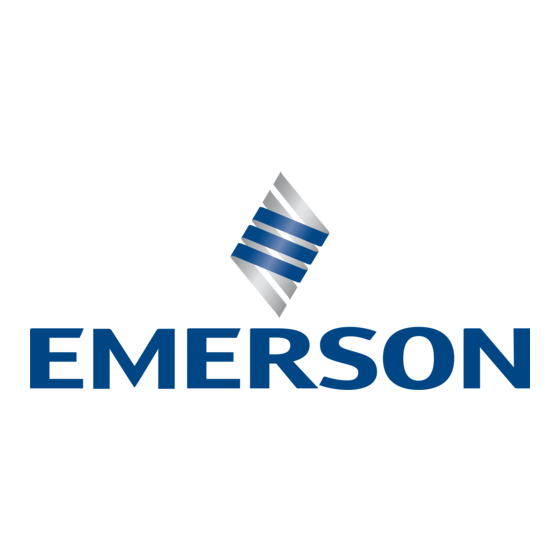
Advertisement
Instruction Manual
D104438X012
May 2022
Type 114PL High-Pressure Reducing and
Low-Flow System
Table of Contents
Introduction .................................................................. 1
Specifications .............................................................. 2
Principle Of Operation .................................................. 2
Installation ................................................................... 2
Startup ......................................................................... 4
Maintenance ................................................................ 4
Parts Ordering ............................................................. 4
▲
WARNING
Failure to follow these instructions or
to properly install and maintain this
equipment could result in an explosion
and/or fire causing property damage and
personal injury or death.
Fisher™ regulators must be installed,
operated and maintained in accordance
with federal, state and local codes, rules
and regulations and Emerson Process
Management Regulator Technologies,
Inc. instructions.
If the regulator vents gas or a leak
develops in the system, service to
the unit may be required. Failure
to correct trouble could result in a
hazardous condition.
Call a gas service person to service the
unit. Only a qualified person must install
or service the regulator.
Figure 1. Type 114PL
Introduction
Scope of the Manual
This manual provides instructions for installation,
startup, adjustment and maintenance for Type 114PL
Pressure Reducing System. For pilots maintenance,
instructions and parts list, see Type BSL85 Instruction
Manual, D103711X012.
Product Description
Type 114PL
Type 114PL High-pressure Reducing and Low-flow
System is a battery of three Type BSL85 Pilots (see
Instruction Manual, D103711X012) where two of
them are pneumatically loaded and the third one
is spring-loaded. It is designed for high-pressure
reduction with low-flow conditions.
Type RPE (Electric Heater)
Type RPE can be used together with the Type 114PL.
Type RPE is used for reheating gas supplying
pressure reducing regulator pilots. Type RPE avoids
the inconveniences caused by freezing which
occur during large pressure drops. (See Instruction
Manual, D103694X012).
Type 114PL
Advertisement
Table of Contents

Subscribe to Our Youtube Channel
Summary of Contents for Emerson Fisher 114PL
- Page 1 Manual, D103711X012. Fisher™ regulators must be installed, operated and maintained in accordance Product Description with federal, state and local codes, rules and regulations and Emerson Process Type 114PL Management Regulator Technologies, Inc. instructions. Type 114PL High-pressure Reducing and Low-flow If the regulator vents gas or a leak...
- Page 2 Type 114PL Specifications The Specifications section lists the specifications for Type 114PL Pressure Reducing System. Factory specification are stamped on the nameplate fastened on the regulator at the factory. Body Sizes and End Connection Styles Construction Materials DN 25 / 1 NPS - CL600 Flanged Pilot Body: Steel Pilot Manometric Box BMP (spring case): Steel Outlet Pressure Range (P...
- Page 3 Type 114PL PILOT SUPPLY VALVE BPM2 PNEUMATIC BOX 2 DOWNSTREAM ISOLATION VALVE MOTORIZATION PRESSURE VALVE MANOMETER PILOT PULSE PILOT REJECT VALVE PURGE PILOT REJECTION PILOT UPSTREAM ISOLATION VALVE RELAXED PRESSURE BPM1 PNEUMATIC BOX 1 Figure 2. Type 114PL Operational Schematics Make sure that all tubing and piping are The equipment should not receive any clean and unobstructed.
- Page 4 Emerson Automation Solutions D104438X012 © 2019, 2022 Emerson Process Management Regulator Technologies, Inc. All rights reserved. 05/22. The Emerson logo is a trademark and service mark of Emerson Electric Asia Pacific Co. All other marks are the property of their prospective owners.













Need help?
Do you have a question about the Fisher 114PL and is the answer not in the manual?
Questions and answers